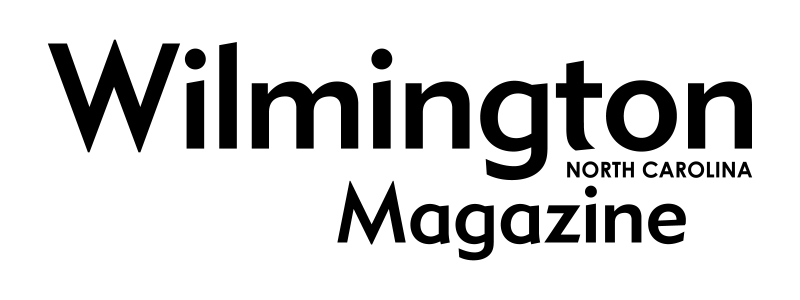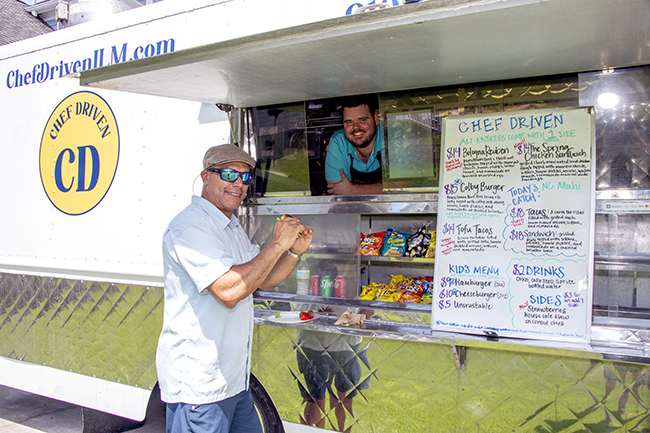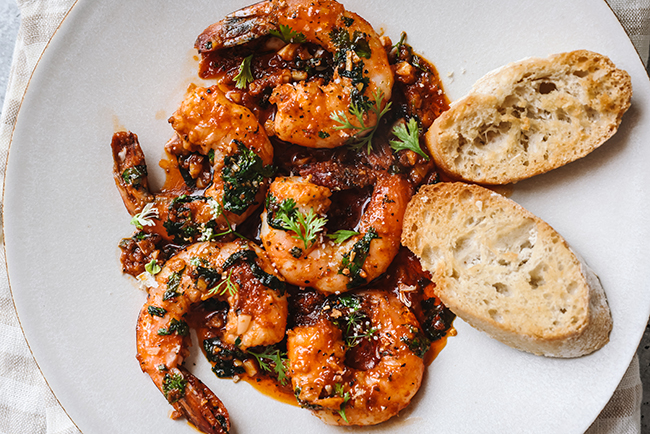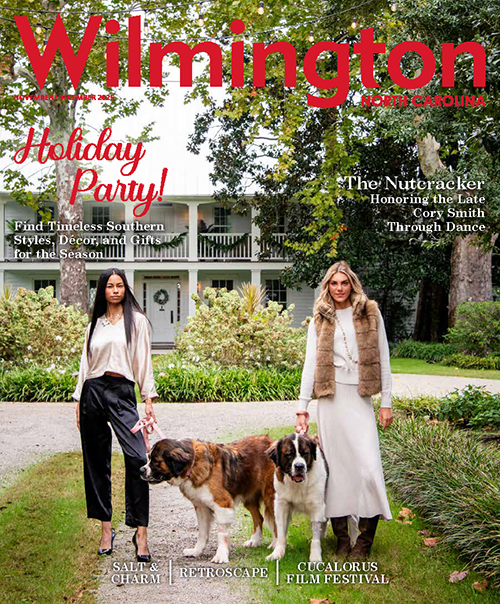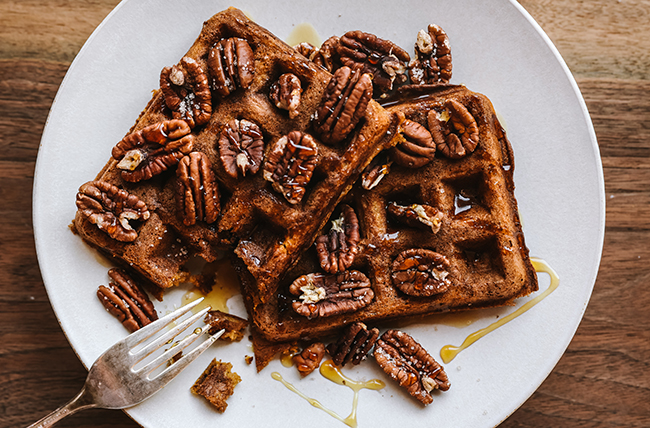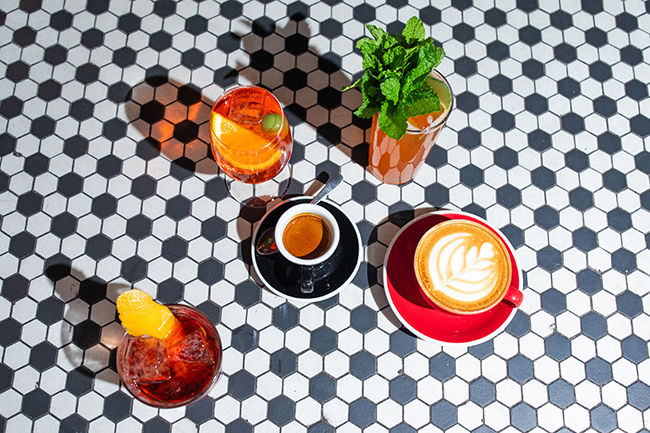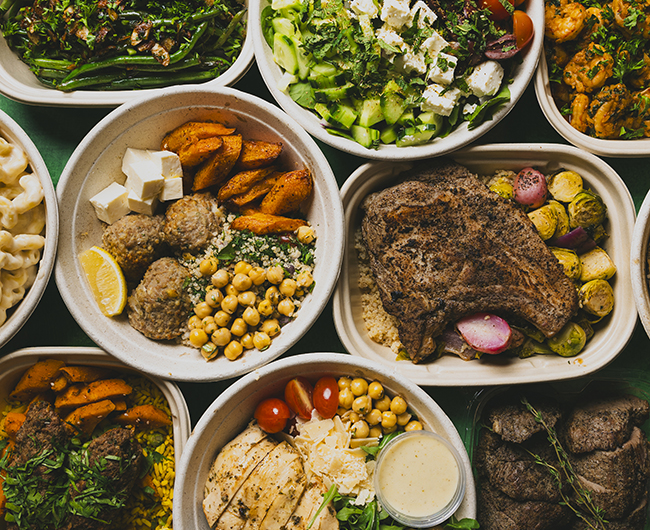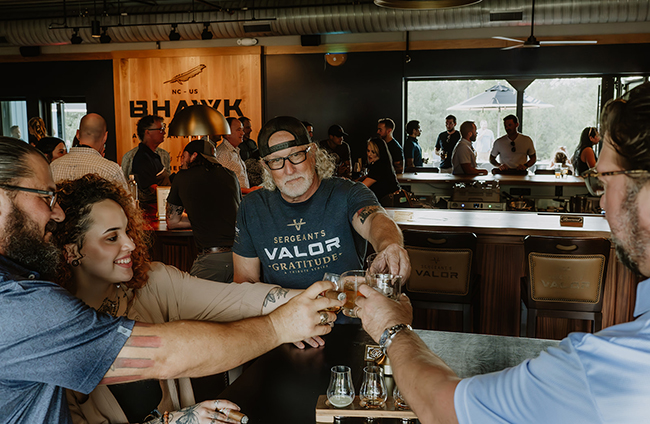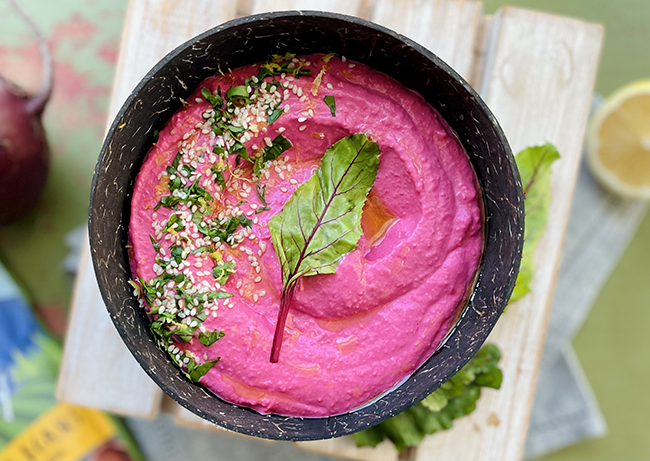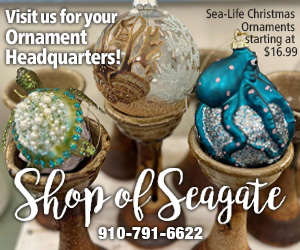Bootleg Roots and Forgotten Bars
02 Jul 2025
Discover Wilmington’s speakeasy history and its lasting impact on the city’s craft cocktail scene today
By Madison Bailey

When you think of the Prohibition era, your mind probably jumps straight to the 1920s: dimly lit speakeasies buzzing with jazz, men in sharp suits, and women in fringe-lined flapper dresses laughing and dancing with cocktails in hand. Hidden bars, secret knocks, and bootleg liquor defined the decade—or so the story goes. But in Wilmington, the story starts earlier.
Long before the 18th Amendment made alcohol illegal across the U.S. in 1920, Wilmington was already cracking down on liquor sales. By 1909, local laws were drying out the city, laying the groundwork for a thriving underground drinking scene. What Prohibition sparked nationally, Wilmington had already been quietly perfecting: the speakeasy.
Today, the modern speakeasy may not require a secret knock, but it still plays with the idea of discretion. Tucked behind unmarked doors or down shadowy alleys, these spaces balance an old-school atmosphere with a new kind of visibility, especially as social media has made the “hidden” bar not quite so hidden anymore. Even so, the appeal for speakeasies remains—especially here in Wilmington.
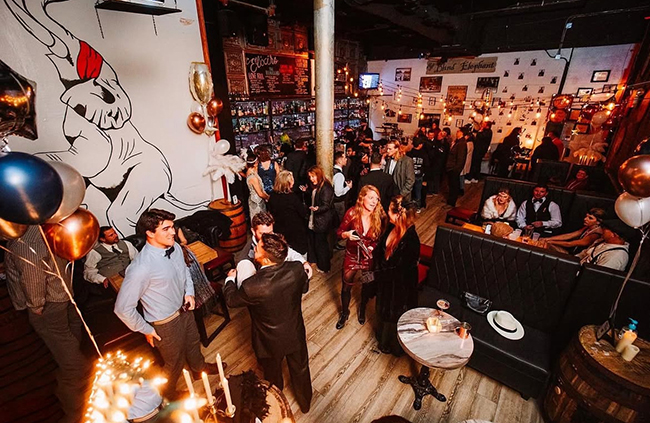
The Early Prohibition Era in Wilmington
By the early 1900s, concerns over alcohol’s impact on crime, morality, and public health had reached a tipping point, especially in the South where temperance movements held strong influence. At the time, Americans were drinking an average of 2.5 gallons of pure alcohol a year (about 13 drinks a week), according to Amanda Leese, owner and host of the Wilmington Speakeasy and History Tour. Reformers and political leaders believed banning alcohol would lead to a more stable society, and North Carolina was among the first to act. That early ban meant Wilmington stayed dry for 25 years—twice as long as most U.S. cities.
Of course, that didn’t stop locals from finding ways to drink. With its active port and growing economy, Wilmington was primed for a thriving underground scene. Ships carried goods through the harbor and alcohol often arrived alongside them, smuggled in from places like Richmond, Virginia, where liquor remained legal until 1919. By the 1920s, North Carolina’s chief of Prohibition enforcement reported that the state had more illicit distilleries than any other in the country, and the number was growing.
This was the golden age of the speakeasy. Also known as blind pigs or blind tigers, some bars were nothing more than dim, discreet rooms, while others were lavish lounges filled with live jazz. “With what a powerhouse economy Wilmington was during World War I through the Great Depression, we would have had a lot of people socializing at speakeasies,” Leese says.
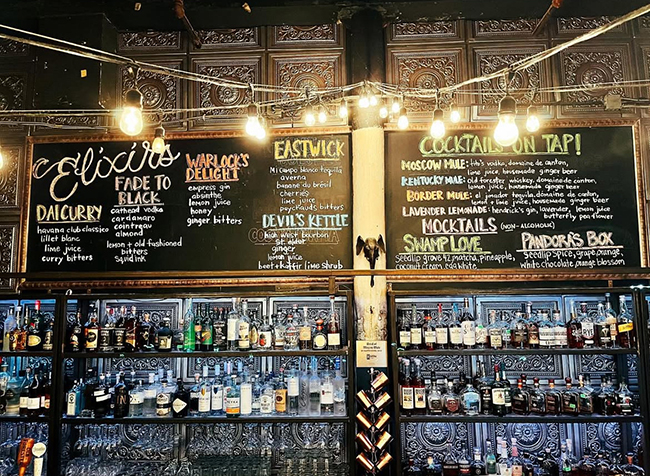
Speakeasies: Past and Present
With few records citing locations or names, the hidden bars that operated during Prohibition left little trace behind. “The original businesses that existed at all are pretty much gone,” says Leese. Still, the stories and their cultural echoes linger. Leese’s walking tour tells the tale of one of the few recorded incidents tied to the era: in 1929, a violent liquor raid just outside the city left two law enforcement officers dead. Officer George and Deputy Marshal Samuel Lilly were ambushed and shot at close range, along with George’s dog, during an illegal alcohol bust 15 miles outside Wilmington. Four men were arrested, and two—a father and son—were executed the same day.
Though none of the original speakeasies remain, the legacy of hidden bars carries on in today’s cocktail culture. Modern-day bars in the city don’t try to replicate the past, but many channel its spirit.
At The Blind Elephant, Wilmington’s first craft cocktail bar, guests step through a shady alley door and into a moody, low-lit lounge where jazz music sets the tone. Owner Ashley Tipper describes it as “the kind of place you tell your friends about, but not everyone,” describing the “if you know you know” kind of appeal mirroring the original speakeasy era. “You open this unmarked door and suddenly it’s warm, there’s music playing, and people chatting over great drinks. It’s the contrast that makes it memorable,” she says.
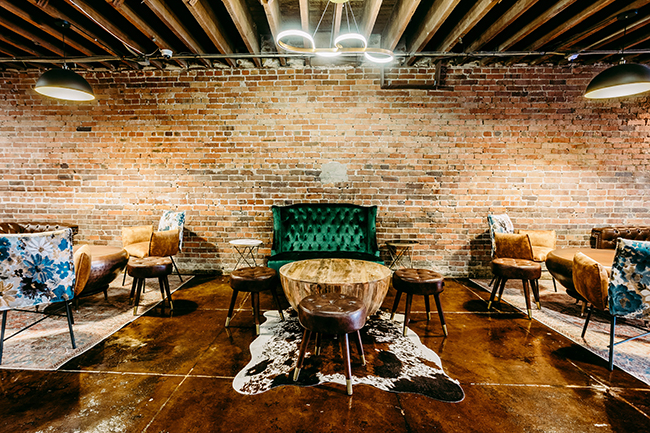
The emphasis on craft is just as important. During Prohibition, many were working with poorly distilled, often harsh-tasting alcohol, so they began mixing citrus juices, syrups, herbs, and bitters to turn rough liquors into something drinkable. This gave rise to a wave of cocktail innovation, which can still be seen in bars today.
At The UnderFront Bar, located in a preserved 1898 grain storage building beneath Front Street, bartenders use historical techniques like fat-washing (a Southern tradition that infuses spirits with rendered ingredients like bacon or duck fat) to build complex, richly layered drinks. For them, honoring the speakeasy era means reviving its craftsmanship—working with bitters, vermouths, and base spirits that demand precision. “Our cocktails take time because they’re built the right way,” says owner Joseph Sena. “If it’s not made properly, it’s not a cocktail.”
